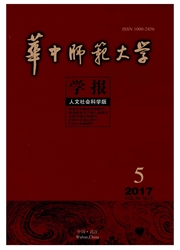

 中文摘要:
中文摘要:
1938年秋,日军侵入湖北境内后,便开始设置慰安所。在汉口和武昌,日军建立了不少慰安所,汉口积庆里、武昌斗级营等成了日军的"花街"。湖北其他地区如荆门、新堤、峰口、新洲、鄂城、葛店、孝感、当阳、应山、嘉鱼、赤壁、沙洋、随州、浙河、通城等县市、城镇甚至村庄里均有日军的慰安所,其中不少是日军直接建立和管理的。大量证据表明,日本政府部门和日军共同建立了"慰安妇"——性奴隶制度。在这些慰安所中,埋葬了像袁竹林、毛银梅、宋神道等受害者的青春、欢乐与幸福,留下了她们刻骨铭心的记忆。
 英文摘要:
英文摘要:
The autumn of 1938 saw Japanese troops began to set up comfort stations after invading Hubei Province. Japanese troops established many comfort stations, such as Ji Qing Li in Hankou and Dou Ji Ying in Wuchang, which became Japanese "red- light district". Japanese comfort stations were also set up in many other counties in Hubei such as Jingmen, Xindi, Fengkou, Xinzhou, Echeng, Gedian, Xiaogan, Dangyang, Yingshan,Jiayu, Chibi, Shayang, Suizhou, Zhehe, Tongcheng, and even in the villages which were established and managed by Japanese troops directly. Numerous evidence shows that both the Japanese government and troops established "comfort women"- the sexual slavery system. These comfort stations buried victims' youth and happiness, as Yuan Zhulin, MaoYinmei, Song Shendao, leaving unforgettable memories and irrefutable evidence of complaint.
 同期刊论文项目
同期刊论文项目
 同项目期刊论文
同项目期刊论文
 期刊信息
期刊信息
